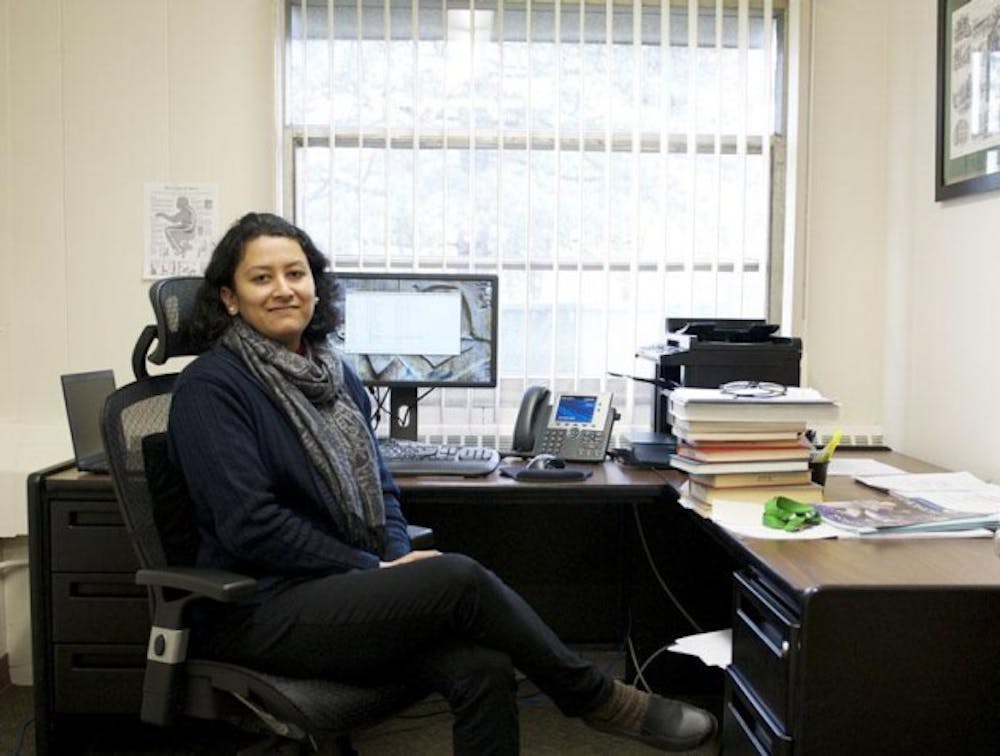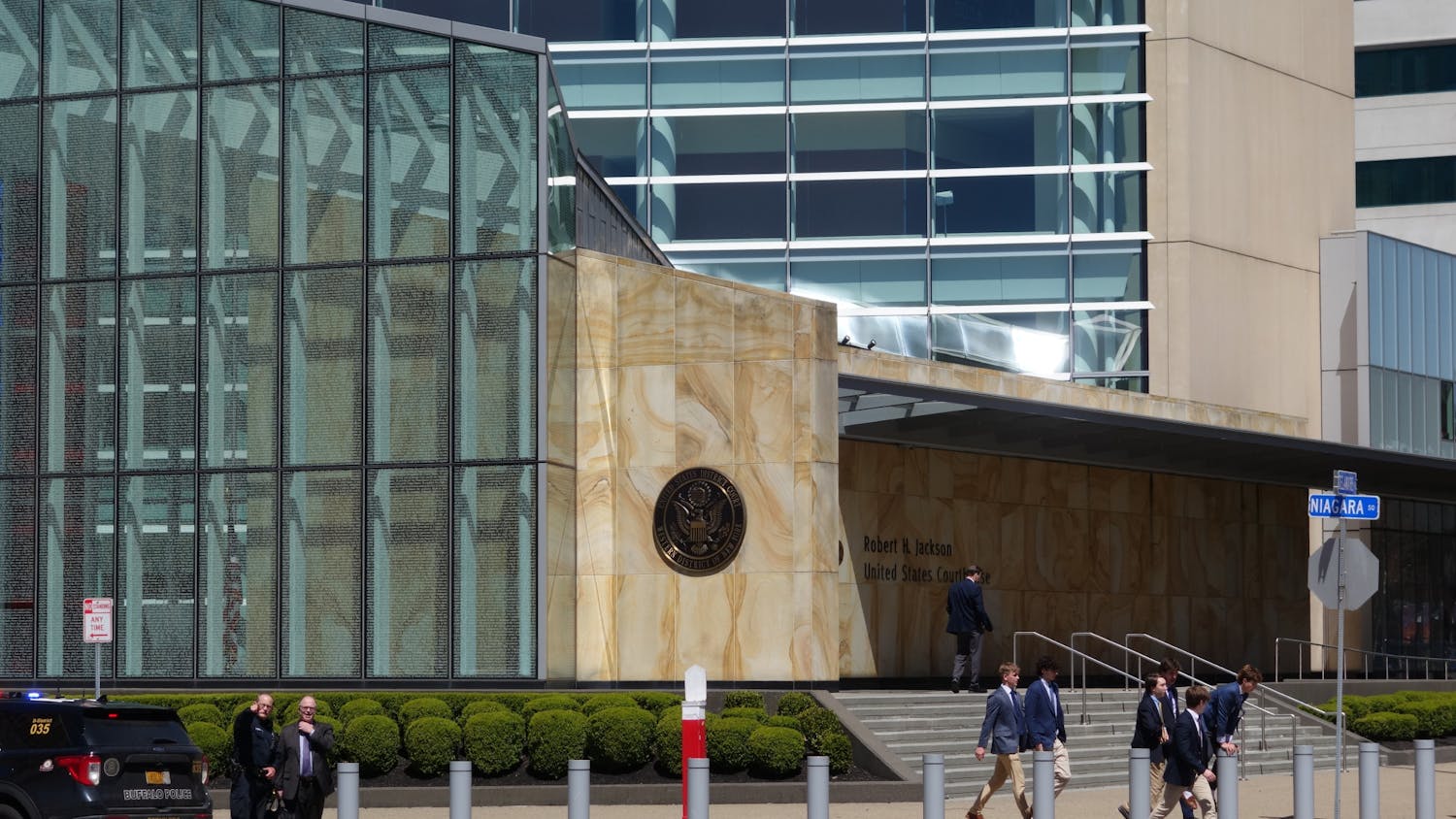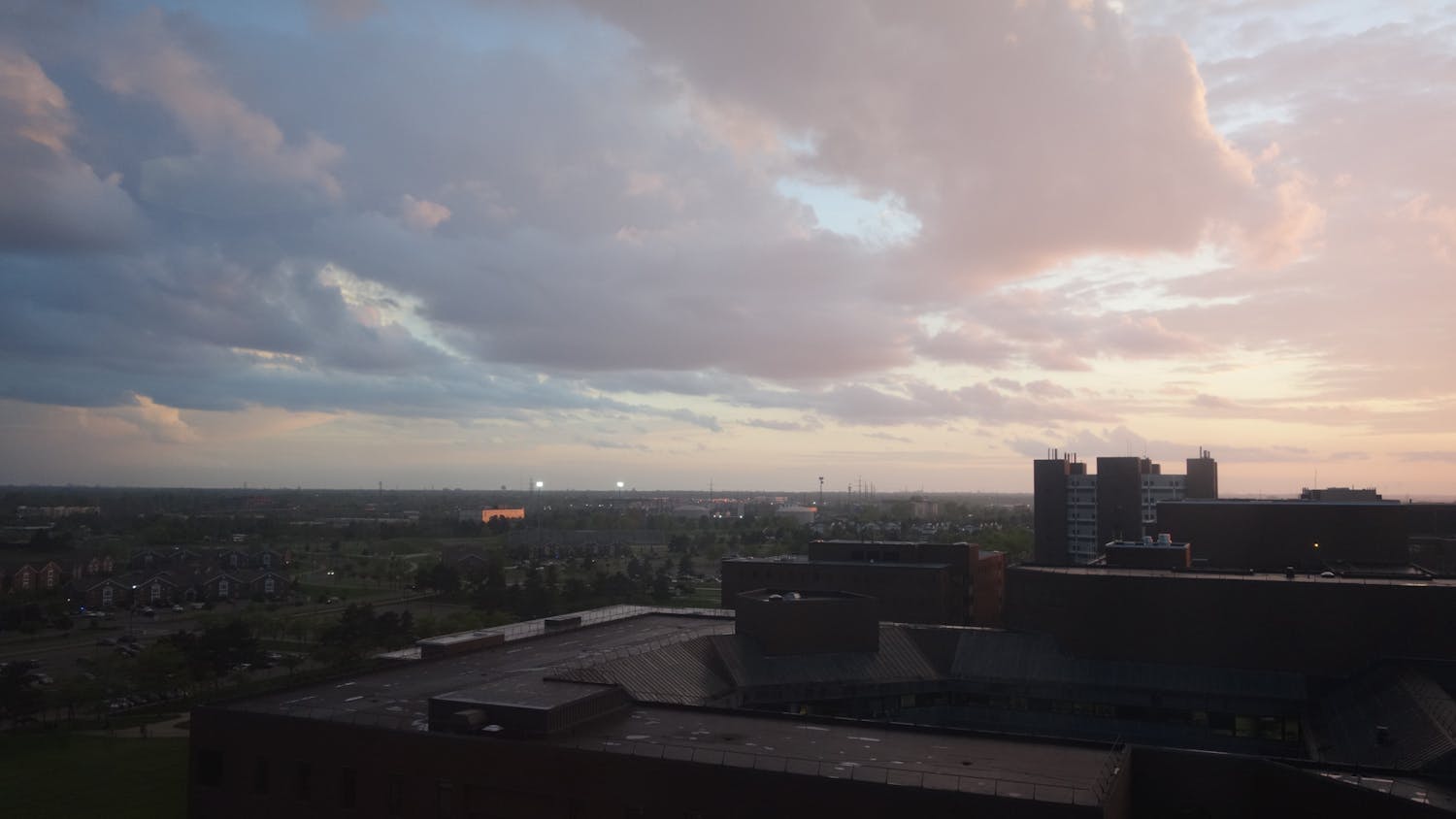You might see them touring the dark caverns of the grain elevators on the bank of the Buffalo River, or catch a glimpse of them in the halls of Frank Lloyd Wright's Martin House Complex. Historical preservationists, many of whom are also professors, can be found all across the Buffalo area working on conservation projects.
By next semester, with the introduction of the school's newest historical preservation programs, they will be directing classes in the School of Architecture and Planning.
Beginning in the fall, students can immerse themselves in historic preservation with the introduction of an advanced graduate certificate in historic preservation and a graduate program, titled "Master of Science in Architecture in Urban Design and Historic Preservation."
The master's degree is a 1.5-year program that combines urban design and historic preservation, and the 18-credit certificate focuses on historical preservation. They're both a first for the university and for the SUNY system.
The programs will teach principles of historic preservation, planning and design of the built environment through site visits, guest speakers, tutorials and seminars. They will also offer students opportunities to work on international projects through internship opportunities abroad.
Dr. Ashima Krishna, an assistant professor in the Department of Urban and Regional Planning, believes UB sets itself apart from other state schools with its architecture and planning program. For her, the new historic preservation programs will serve as learning tools for students while positively reinforcing the methods of cultural and historical preservation in the region.
Krishna, who will teach in both programs next year, is confident the new programs will solidify the already active preservation work the School of Architecture and Planning community is doing. The new "formal program" will combine academics with preservation advocacy.
"Students will also have the unique opportunity to engage with the city of Buffalo as a laboratory for their preservation-related investigations throughout their study," Krishna said in an email. "We hope that we can educate, train and encourage students, program participants and community members to engage with historic preservation more deeply, no matter what their educational background."
The programs aim to meet the needs of modern-day cities while remembering their past, according to Krishna, who believes students will benefit from the opportunity to work with expert faculty on regional and global preservation projects.
The School of Architecture and Planning is accepting applications until June 1. Students who possess field knowledge of historic preservation will stand out amongst their competitors when it comes to the job market, Krishna said, citing the importance of preservation in 21st century urban growth.
Taro Tsutsui, a freshman architectural student, has a few years before he could join the program. But he sees the new programs as a nice addition what the School of Architecture and Planning offers in terms of "variety and diversity."
To be accepted into the programs, applicants must have a bachelor's degree. No past experience with planning or architecture is necessary.
Hirokaki Hata, an associate professor in the Department of Urban and Regional Planning, believes the combined programs are especially relevant for the city. In his eyes, the programs not only serve as a way to preserve the historical integrity of buildings and landscapes, but also the urban fabric of communities.
Students will come away from the program with a real understanding of how a single building relates to the street it is on and the community it is a member of, he said.
"We are in Buffalo; we are very proud of our building and city-making history," Hata said. "We wanted to create a program with a city."
No matter how well the city is doing, Krishna says, there is always room for historic preservation when it comes to the development of a space. She believes this is a skill students from different fields could find useful.
"Cities are in a constant state of flux - whether it is an incline or a decline varies considerably. In either case, the historic built environment if often threatened," Krishna said. "Historic preservation therefore becomes very important in engaging our present in a conversation about the future of our past."
email: news@ubspectrum.com
An earlier version of this article stated the program was offered by only the School of Architecture. Both the certificate program and master's degree are programs of the School of Architecture and Planning and are offered jointly by its Department of Architecture and Department of Urban and Regional Planning.





